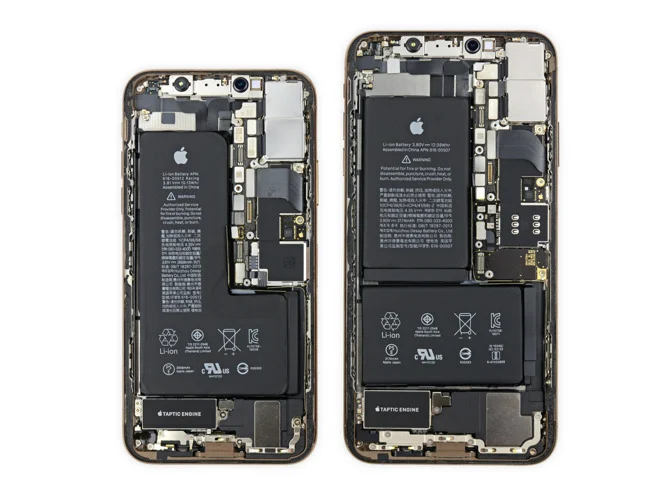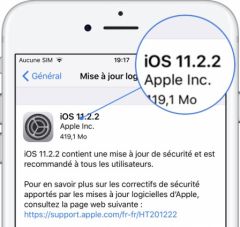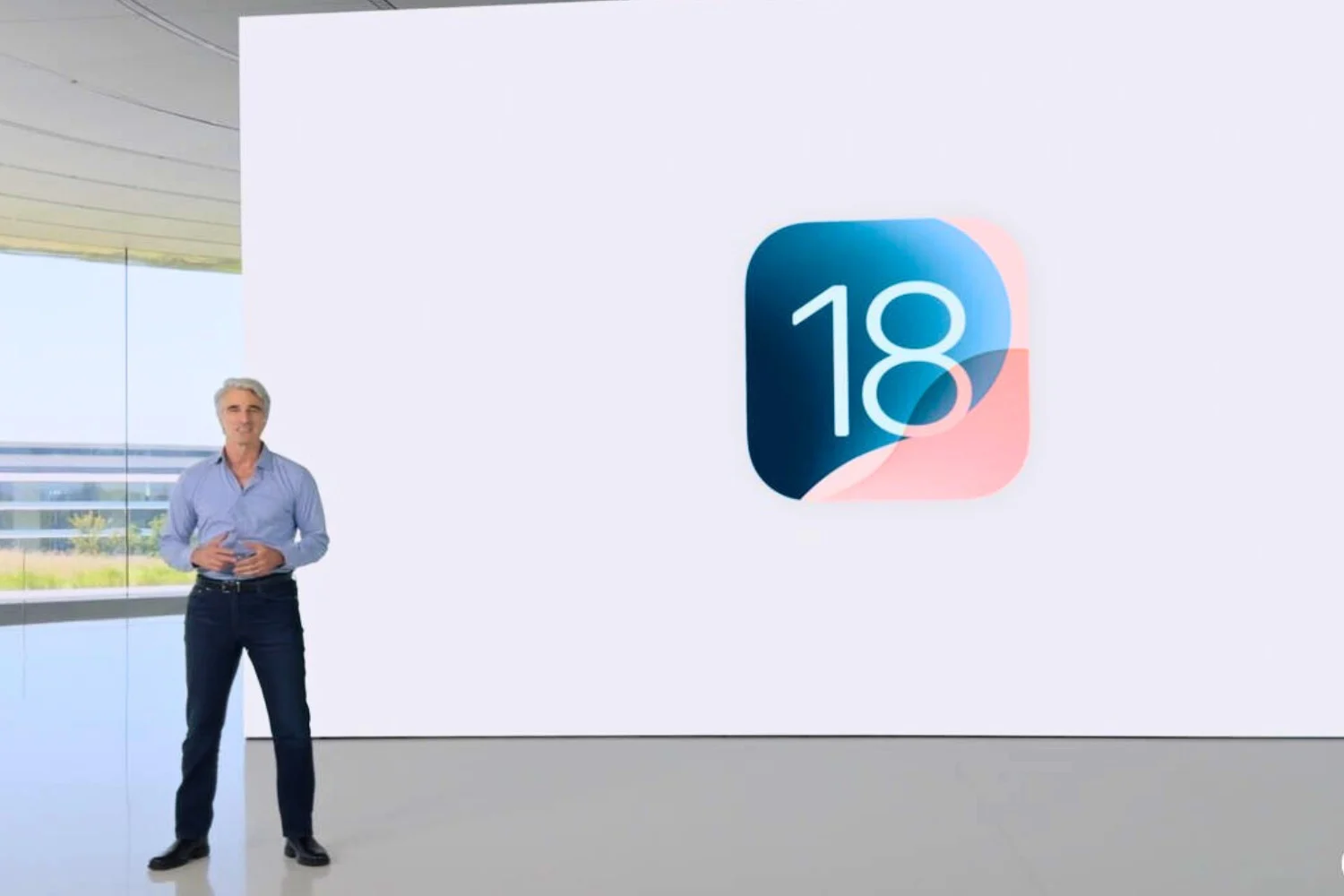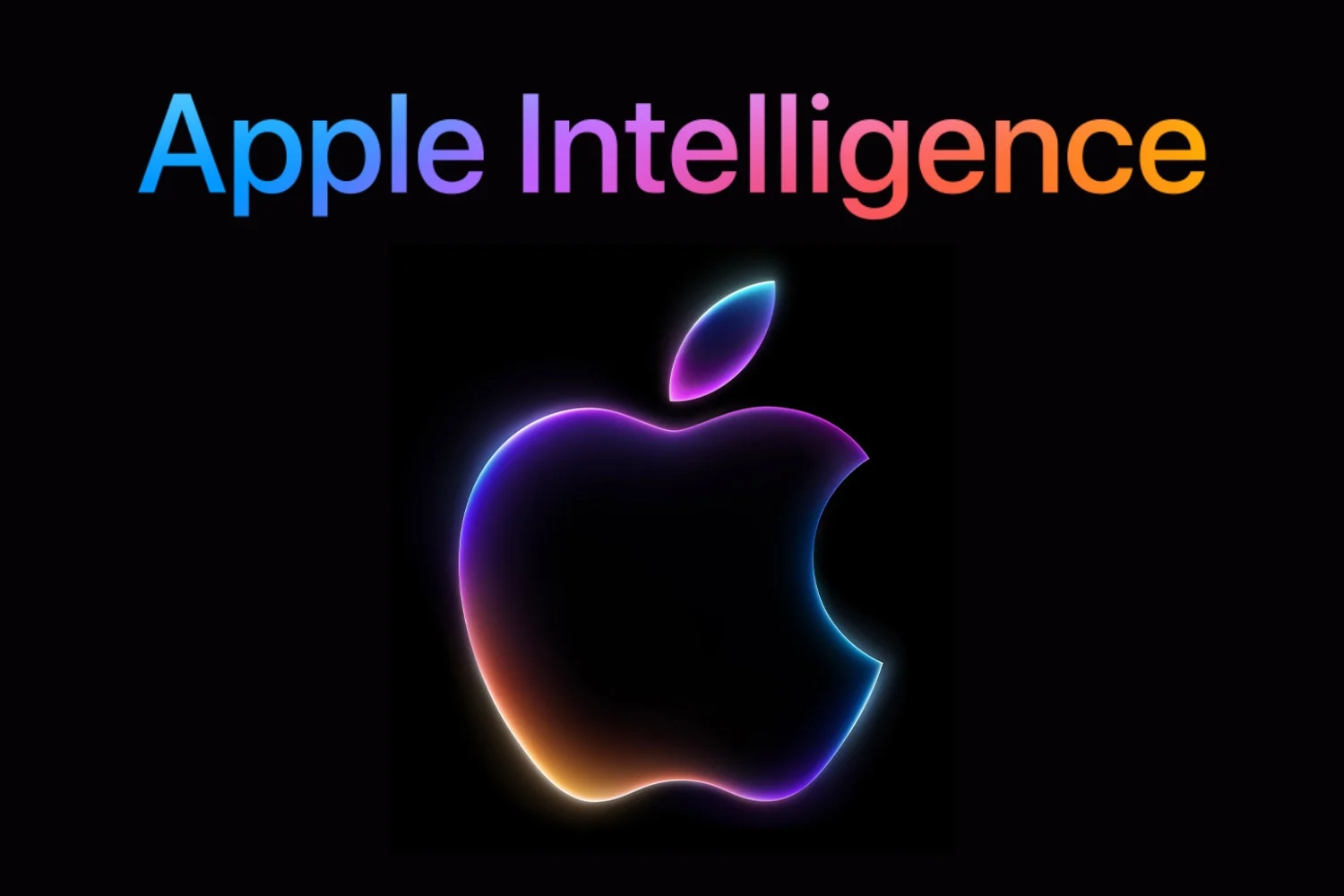Update June 5: flash promo on the ultra compact charger tested below
- The charger is €16.99 instead of €19.99until23h max
While Apple has changed almost everything about the iPhone since its launch in 2007, there remains one element unchanged among the accessories provided: themains charger.
This, a sort of socket with a USB-A port, remains limited to 5W for charging. However, for several generations,iPhone are designed to support fast charging. This is particularly possible by using a more powerful USB charger such as the one offered with the iPad. But it is nowcharging via USB-C which appeared to be the fastest solution.
Today is the test of a very mini, but sturdy charger, offered by the accessories manufacturerAukey, which we will discover in images, but also in figures.
- Thechargeur USB-C Power Delivery 18 W de Aukey is on sale here for €19.99usually
On the way to discovering compact but fast iPhone charging:
As with other Aukey accessories, everything is packaged as accurately as possible, no waste.
Inside the box, we find the charger, it is protected by a plastic film to be removed.
It is accompanied by a mini notice. This gives some details on the technical specifications of the charger and in particular on thee support for the “Power Delivery” (PD) standardwhich we find more and more. This is a new multi-voltage charging standard which allowsdynamically manage power via USB Type-C connection. This enables the most efficient and secure charging of a wide range of devices. Thus, the instructions indicate that the charger can, depending on the connected accessory, deliver 5V up to 3 A (this is the case for the iPhone), 9V at 2 A or 12V at 1.5 A.
The charger, once removed from its plastic protection, displays a one-piece construction in glossy black plastic:
He isbarely bigger than Apple's charger, very light with only 43 g displayed on the scale.
On one side, we find the now classic USB type C socket, while on the other, the part to be plugged into a French socket is immediately recognizable.
To test this charger, we used acâble USB-C / lightning. This is a model signed Aukey, knowing thatApple also offers its own.
This type of cable also allows you to directly connect your iPhone to a MacBook equipped with only USB-C sockets. The Aukey cable is not yet on sale but should arrive soon.
Use is as simple as any charger, Apple or otherwise, simply plug the cable on the USB-C side into the PD socket of the charger, and connect the iPhone on the lightning socket side.
Charging starts immediately.
We now need to see if the charging time is different from that usually obtained with the standard 5W iPhone charger. Here is the result of the measurements taken starting from an iPhone X with only 1% battery remaining:
After30 minutes, the iPhone already shows 53% charge. suffice to say that it is well above the recharge time obtained with the classic charger provided (it takes almost 1h30 to reach the same 50%). At the end ofone hour,the charge reaches 82%, then 98% after an hour and a half (the end is always slower).
During charging, the charger did not exhibit a particularly high temperature.
The charger can alsobe used with a standard iPad (and the same lightning cable) or with an iPad Pro via USB-C(it itself comes with an 18W USB-C charger as well)
In the end, it is quite impressive to use such a charger on a daily basis. Indeed, it impresses with its practical aspect, thanks to its impressive compactness, and fast thanks to the power delivered.
In particular, we appreciate being able to recharge our machine very quickly when it is at too low a level when leaving home. The boost then offered is often life-saving. But we also quickly get used to full fast charging, making it difficult to return to 5W which then appears very anemic and dated... Here is the charger that Apple should have offered with its iPhones for several years. And if the iPhone switches to USB-C in the years to come, the charger will remain relevant!
- Thechargeur USB-C Power Delivery 18 W de Aukey is on sale here for €19.99usually
- TheApple Lightning/USB C cable is on sale here

i-nfo.fr - Official iPhon.fr app
By : Keleops AG
founder of the site. Computer engineer and Internet specialist where he has held various positions of responsibility, Laurent has been passionate about mobility since the arrival of "PDAs" in the 90s. Journalist for 4 years for the magazine Team Palmtops (Posse Presse) and author of several books on the iPad published by Pearson.






